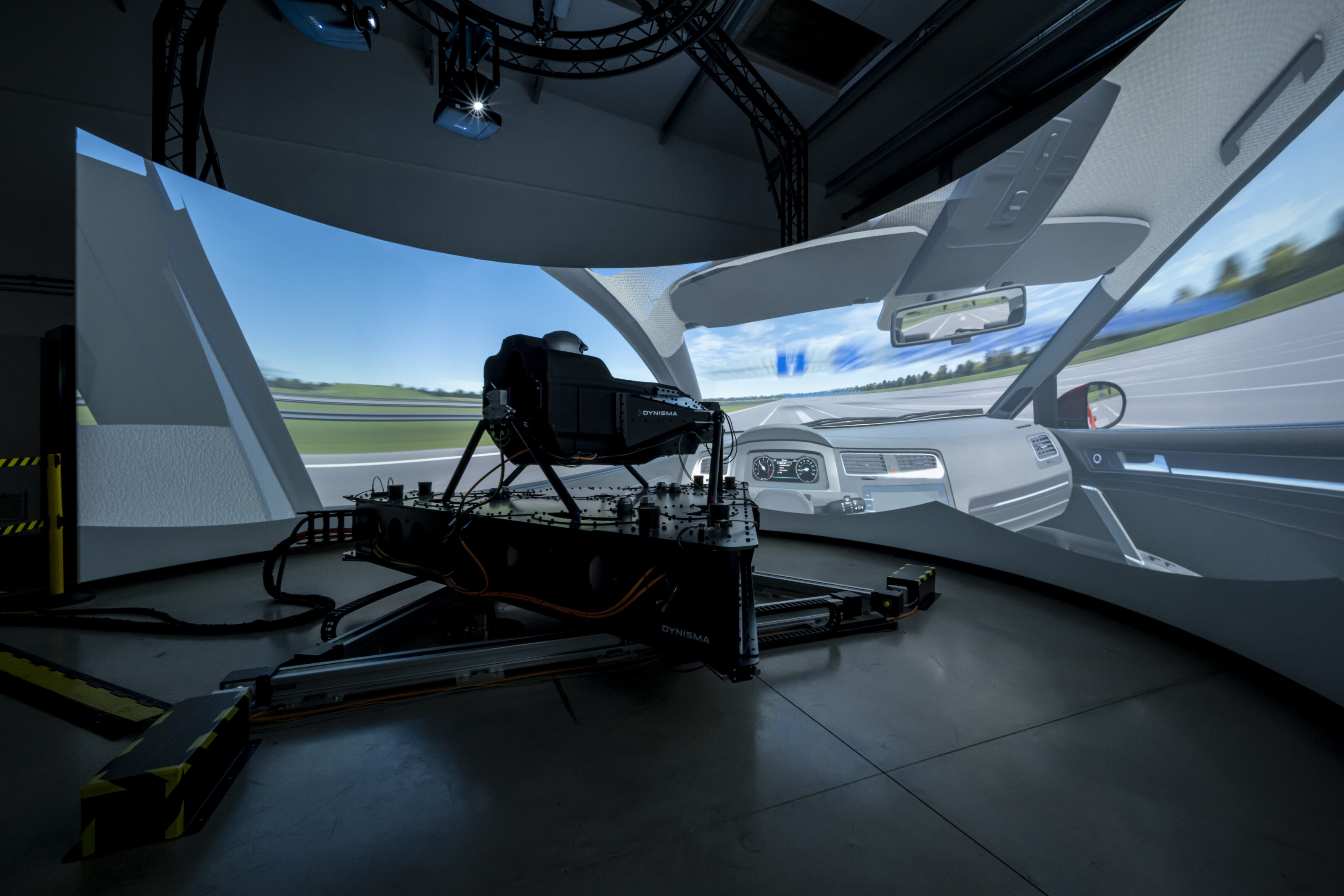I’ve dreamed of driving a Formula 1 car all my life. But I never dreamed that, when it finally happened, I would be driving it in a room tucked away on an anonymous industrial estate on the outskirts of Bristol, in the west of England.
It began exactly as I imagined, exactly as I’ve seen a thousand times on TV: Cinched tightly into a hip-hugging carbonfibre tub, gripping a butterfly steering wheel festooned with brightly coloured buttons. Pirelli slicks towering over my knuckles as I look down the track. A voice crackling in my helmet: “Radio check.”
“I hear you.” There’s an incessant, industrial-strength drone in my ears, the sound of a 1.5-litre turbocharged V6, idling at 5000rpm. “Right, you’re good to go,” says the voice. “It’s best to feather the throttle a bit in the first four gears. Otherwise, all you get is wheelspin.”
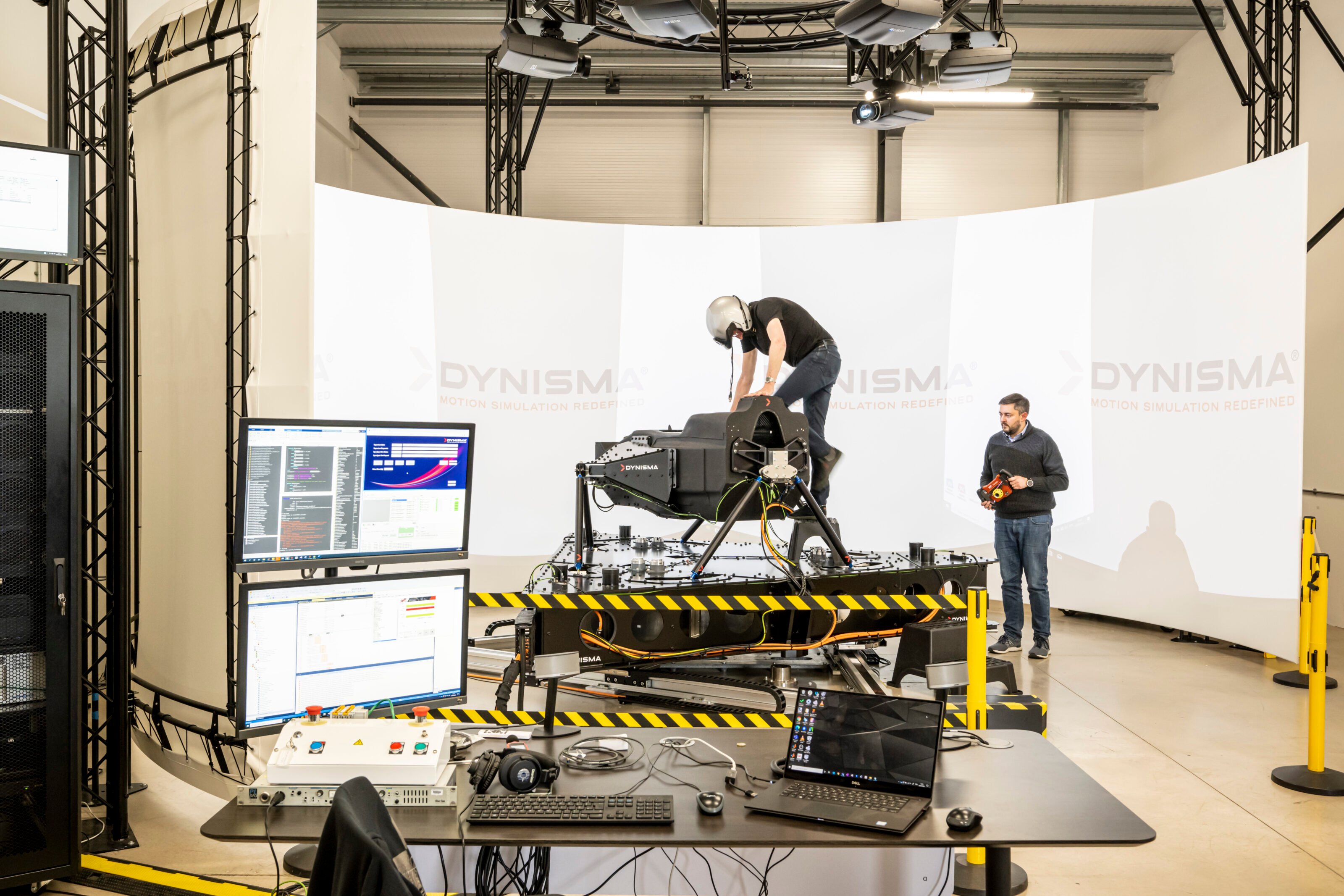
“Okay.”
Full disclosure: I’ve always found driving games interminably boring. No matter how sophisticated their responses, how realistic their visuals, they’re a poor substitute for the real thing.
None has ever, even for a moment, given me the quiet satisfaction, the simple joy, I get from driving a real car on real roads in the real world. Even when that drive has been nothing more challenging than mooching down to the shops for a morning coffee.
The Dynisma DMG-1 simulator is different, however.
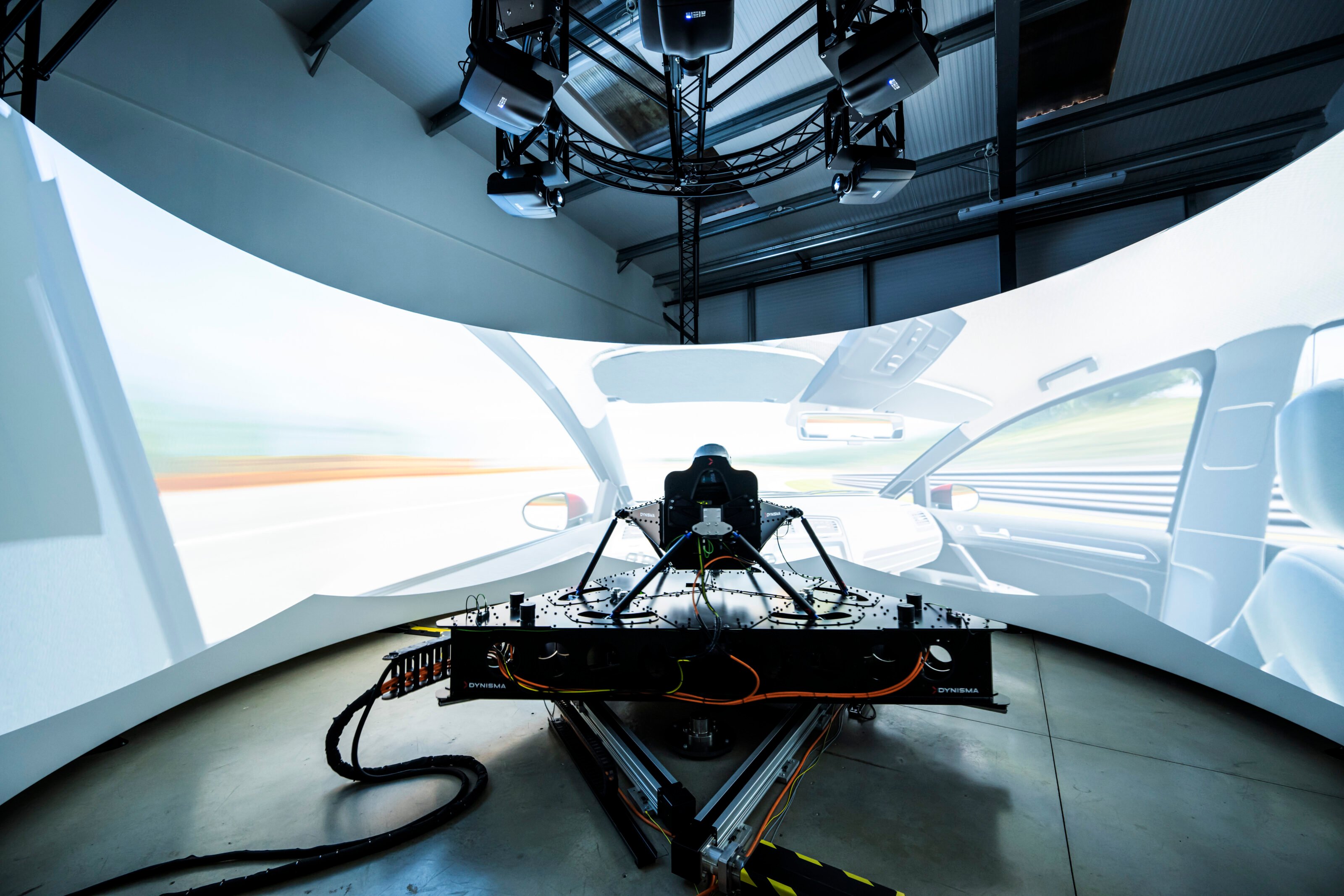
All these armchair experts who say today’s F1 cars are too easy to drive? They don’t know what they’re talking about
It might look like top-end gaming hardware, but the Dynisma DMG-1 is a serious vehicle development tool. An enhanced version of the one I’m driving has, since its installation at Maranello in mid-2021, been helping the Ferrari F1 team hone the dynamic performance of the scarlet F1-75 grand prix cars being driven with great panache this year by Charles Leclerc and Carlos Sainz Jr.
Simulators are nothing new in F1, especially as teams in recent years have been restricted to a mere handful of days of actual on-track test sessions. So, what makes the Dynisma different from the rest? And different from any driving game you’ve ever experienced?
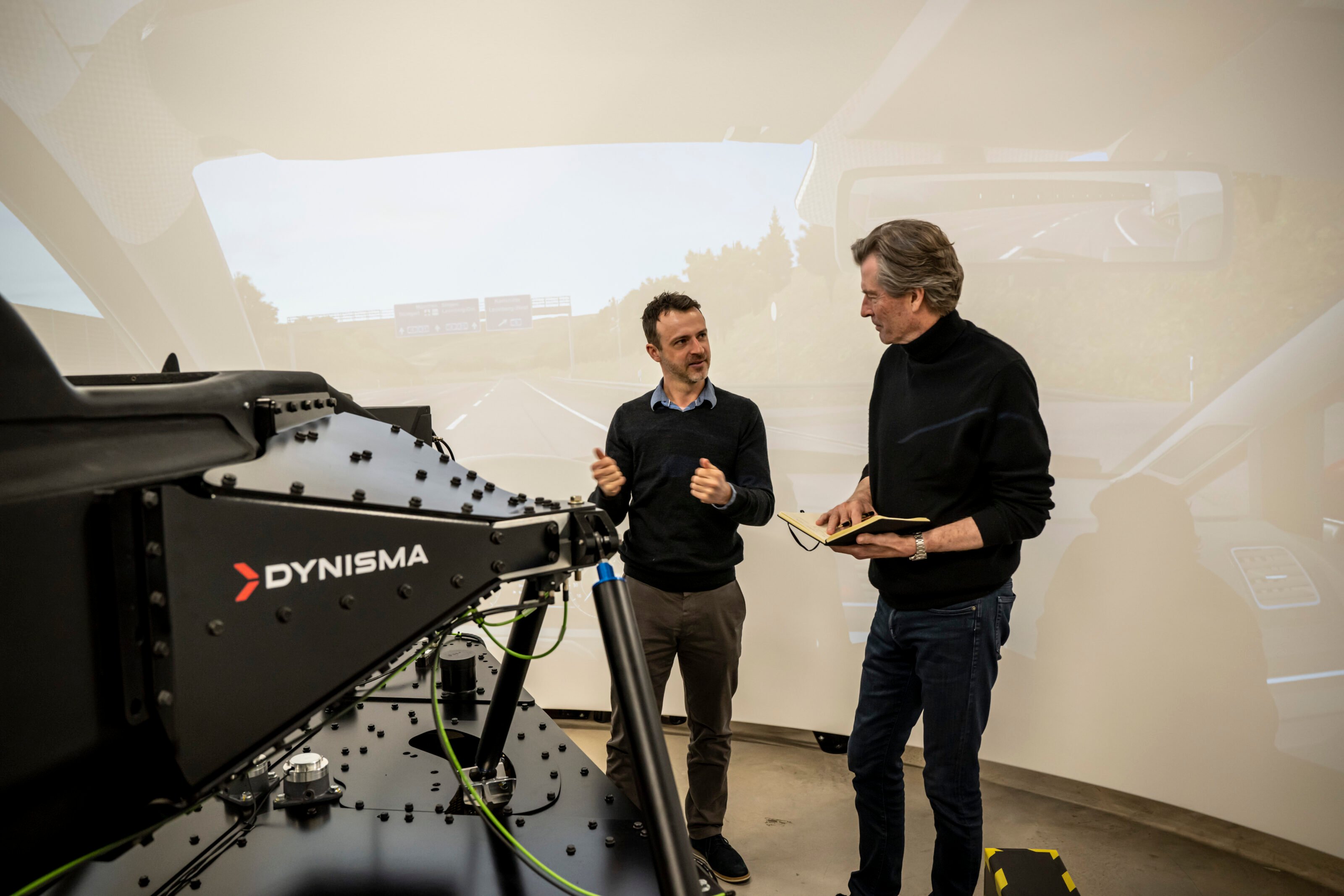
In the first instance, speed. “Our simulator has a latency of between three and five milliseconds,” says Dynisma CEO Ash Warne, “whereas our competitors have a latency of anything from 15 to 50 milliseconds.”
Latency is the delay between a simulator system registering an input, either from digitised externalities such as road surface, tyres or suspension, or from the driver in the form of steering, braking and acceleration, and then generating a relevant and accurate motion output for the driver to experience. It is the bugbear of all driving simulators, no matter whether you’re at work for a Formula 1 team or sitting at home trying to lap Mount Panorama on Gran Turismo 7.
Warne says Dynisma’s ultra-fast motion generators mean its simulators can be made to accurately replicate real-world F1 car dynamics. “From asking our motion platform to cue oversteer and it being felt takes between three and five milliseconds,” he says. “It’s imperceptible.”
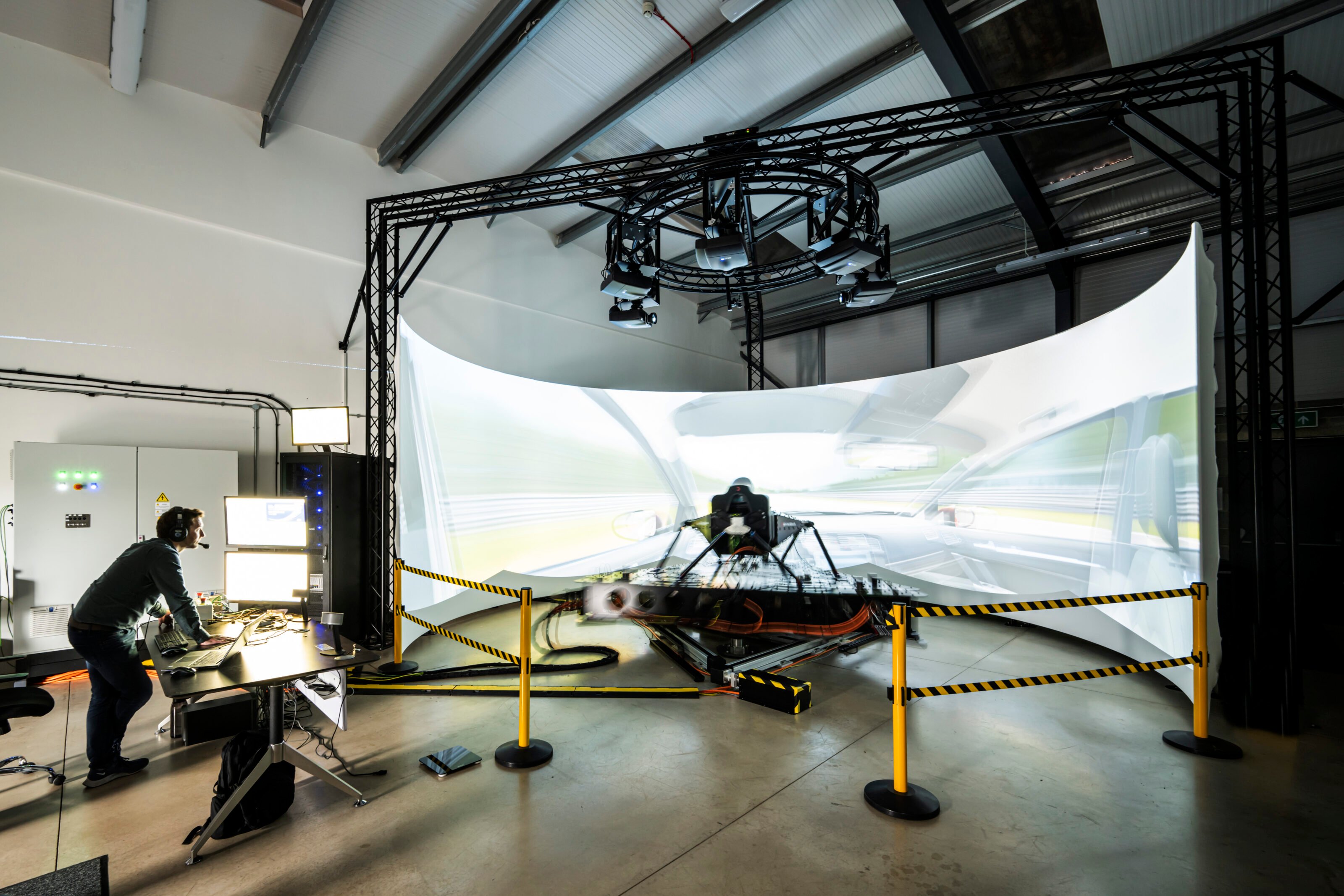
And it’s not just the F1 machinery that benefits. Popping a wheel over the kerb and onto the grass on the exit of McPhillamy Park might raise a laugh from your mates as your digitally rendered 911 GT3 launches into the kitty litter and ricochets off the crash barrier. In real-life racing the consequences of mistiming and misjudgement can be much more meaningful.
“If you have a latency of 50 milliseconds or more in a simulator, that’s potentially increasing the reaction time of the driver by 50 percent, which in the context of an elite athlete is ludicrous,” says Warne. “There’s no other athlete training where you would tolerate forcing their performance to be 50 percent worse in the training tool.”
But it’s not just the speed. The bandwidth of the Dynisma system, which at up to 100Hz or more across all axes is five times better than any other system, means it can put vibrations and movements through its platform that contain more information than other simulators. “When you drive it, you easily see why that’s relevant,” Warne says. “Every time you go over a curb or a rumble strip, for example, you feel the vibrations.”
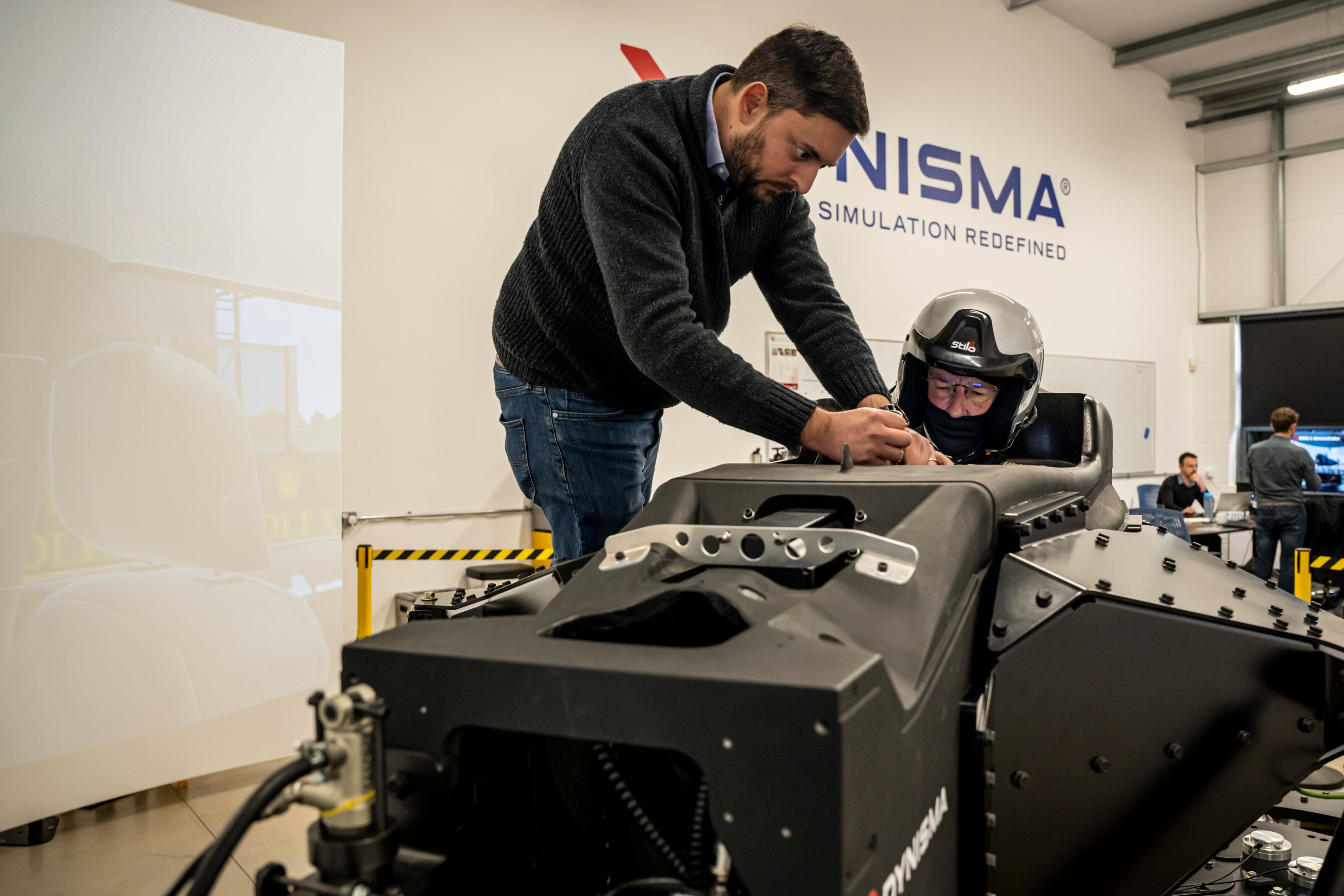
Right now, though, I’m simply trying to get my hand-eye coordination to the point where I can place the front tyres somewhere in the vicinity of apexes in the corners that are rushing towards me at bewildering speed.
I’m driving a digital avatar of a generic 2019-spec F1 car, its acceleration, braking, grip levels and steering weighting all accurately reproduced. Just keeping up with the sheer, unremitting pace of the thing is exhausting.
I’m reminded of the time I tested a McLaren Senna at Silverstone, thinking as I exited the Abbey-Farm Curve left-right at the end of the start-finish straight at 200km/h, flat in fourth, that I’d never connected a pair of apexes so quickly. Climbing out of the car, I’d felt like a racing god.
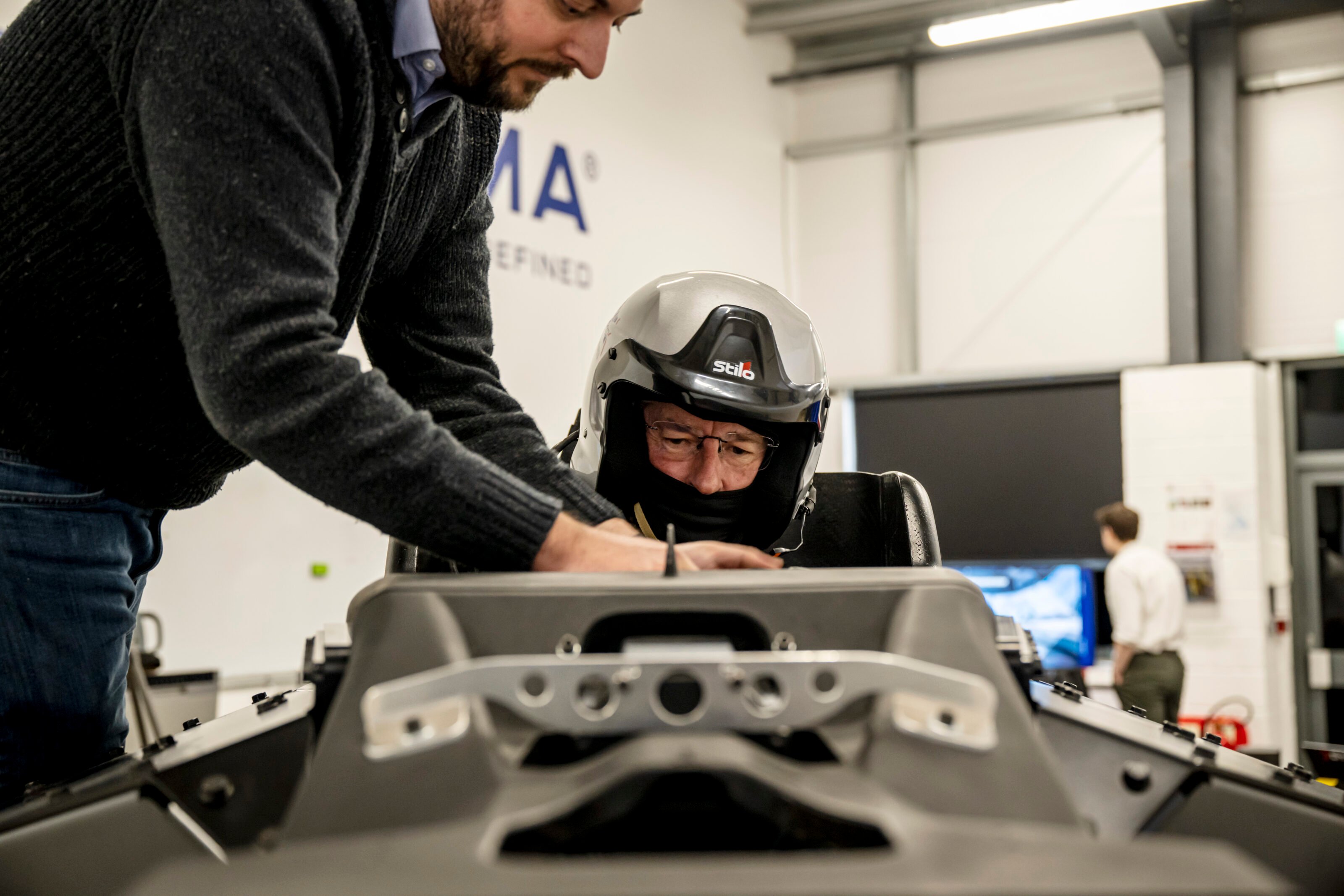
Then I learned Lewis Hamilton had been through there in eighth gear the year before on his qualifying lap for the British Grand Prix.
All these armchair experts who say today’s F1 cars are too easy to drive? They don’t know what they’re talking about. And that’s just in terms of getting your brain, your eyes, your hands, and your feet to keep up with how fast stuff happens, never mind the brutal physicality of it all.
Peak loads of 5g under braking are commonplace. What does that feel like? It feels like driving your car into a wall at 16km/h. Like having a mini car crash every lap, says Mark Webber.
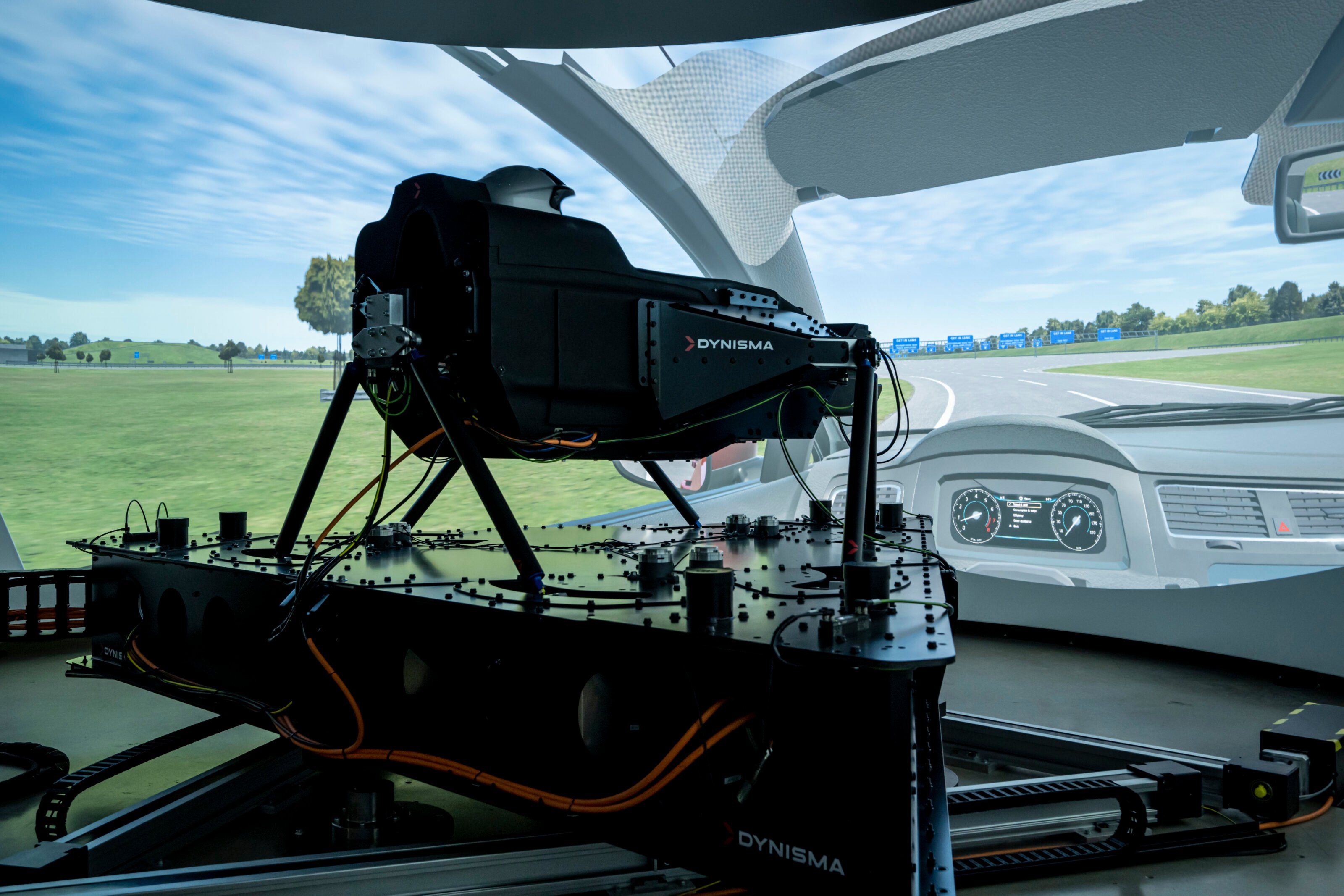
No simulator can replicate the g-loads – sustained or otherwise – you get from an F1 racer. But what the Dynisma simulator can do is make its drivers feel how the real-world car it’s been set up to replicate will respond to any given input. Action, reaction. In pretty much real time.
Beyond feeling some deliberately initiated understeer in low-speed, second-gear corners, and the tail twitch if I got too ambitious with the throttle on the exit, my F1 avatar felt utterly nailed to the track.
At no point, even in eighth gear corners, did I get near to its digitally defined limits of aero and mechanical grip, that mysterious event horizon at the edge of an F1 car’s dynamic envelope that only the world’s best drivers ever confidently explore.
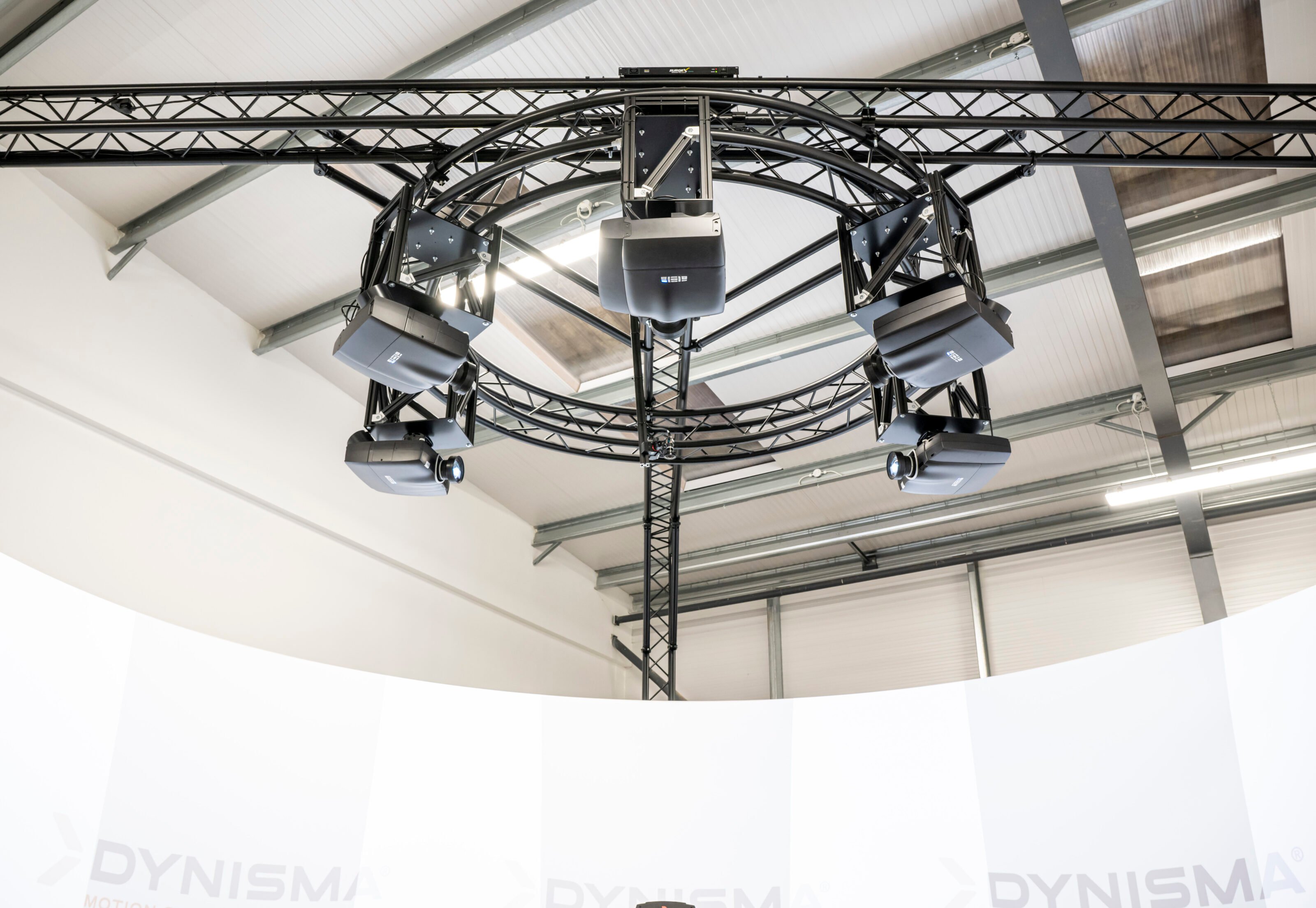
I got a better sense of the DMG-1’s level of feedback driving what Ash Warne described as a generic mid-engine GT3 racer on tyres with grip levels roughly halfway between a performance road tyre and a race slick and a tail-happy chassis set-up.
My clumsy braking in the GT3 avatar – I found it hard to accurately modulate my brake inputs without the correlating factors of g-loads on my body and in my inner ear – would result in what felt exactly like rear-wheel lock-up, my bum feeling the tail instantly snapping left or right, depending on corner direction and track camber.
Through fast corners I could feel the tyres nibbling at the edge of adhesion through the steering and the seat, and could sense the rear end would let go if I wasn’t careful with the throttle to keep the car balanced. Once, under brakes, I clearly felt the left front wheel lock, a clonk from the suspension and a tug on the steering wheel.
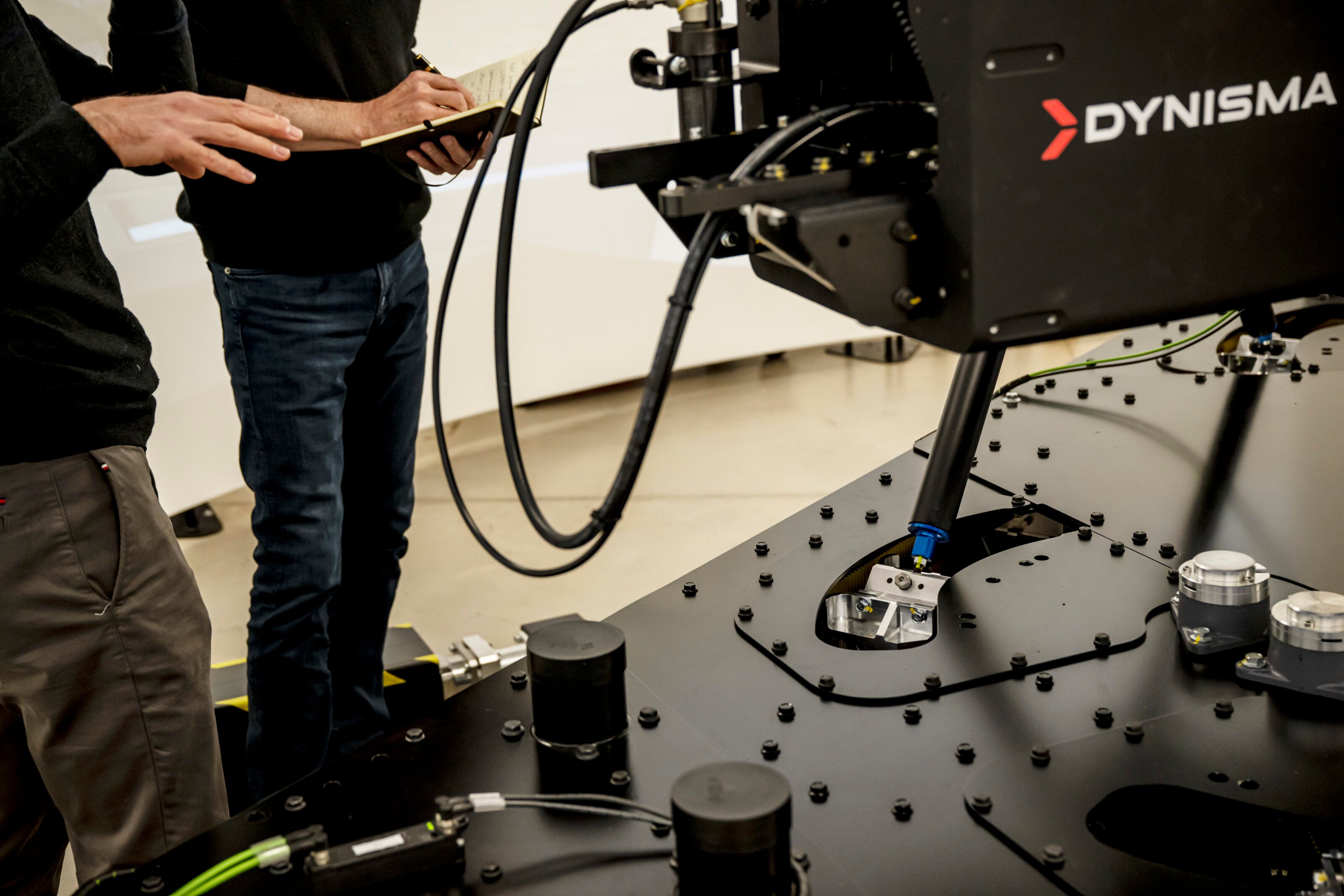
The carbon tub bucked and bounced if I took too much high kerb through a chicane. Running wide over the sawtooth kerbs on a corner exit produced a juddering though the steering and the seat of my pants.
Apart from the lack of g-forces, it felt surprisingly real, the sensations very much like those I experienced driving both the Mercedes-AMG GT and Lamborghini Huracan GT3 race cars a couple of years ago.
The carbon tub bucked and bounced if I took too much high kerb through a chicane
Dynisma was founded in 2017 by Warne, who previously led simulator development efforts at both the Ferrari and McLaren F1 teams. His leadership team includes Nik Garrett and James Golding, both of whom also worked on simulator development for the Ferrari F1 team, and mechanical engineer Matt Bell, who led jet-engine development teams at Rolls-Royce.
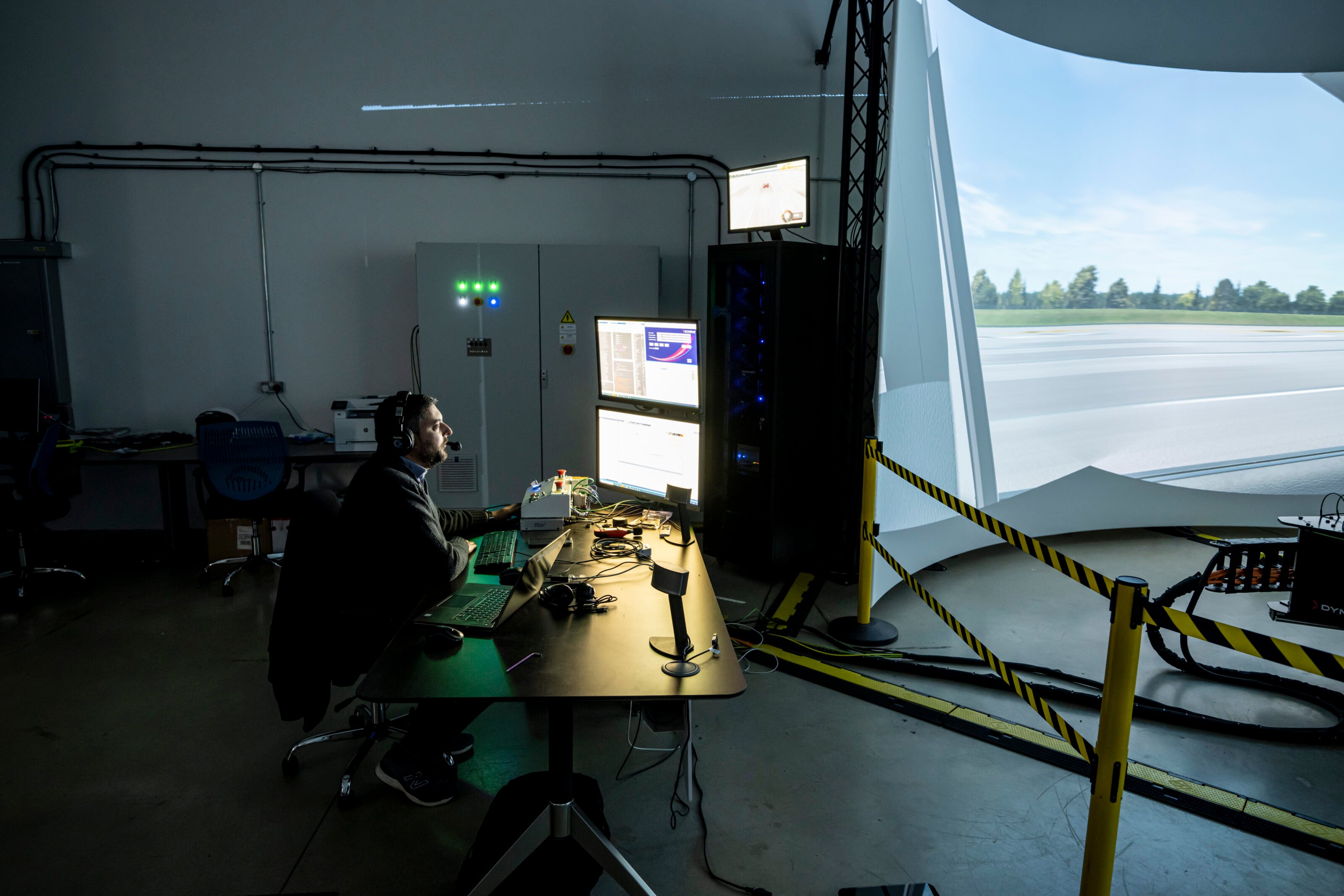
Building simulators that help make F1 Ferraris go faster is glamorous stuff. But the Dynisma team believes building simulators that can help manufacturers build better road cars is a far more profitable business. Especially in today’s EV era.
As more and more vehicles have near-noiseless electric powertrains with near-identical power and torque curves and batteries that weigh the same, along with autonomous control systems with near-identical response mechanisms, even subtle differences in ride, handling and NVH are going become more noticeable. And that’s where Dynisma comes in, Warne says.
To give me an idea of how a Dynisma simulator optimised for road-car testing could be used in the vehicle development process, the tracks on the screens around me are replaced by a digital replica of a typical special surfaces test area at a proving ground.

And though the interior projected on the screens looks like a Volkswagen Golf – as it was, somewhat confusingly, when I drove the digital GT3 – Warne says the DMG-1’s carbonfibre tub is now an avatar for a large rear-drive sedan.
He won’t tell me what it is. “What size wheels?” I ask. “Eighteen-inch,” he concedes.
I drive at 60km/h over embedded metal strips ranging in height from 5mm to 20mm, over small drop-offs and ledges like those you find on concrete slab freeways in the Unites States, and over the randomly arranged cobblestones universally known as Belgian pave, just as I’ve done at proving grounds all over the world.
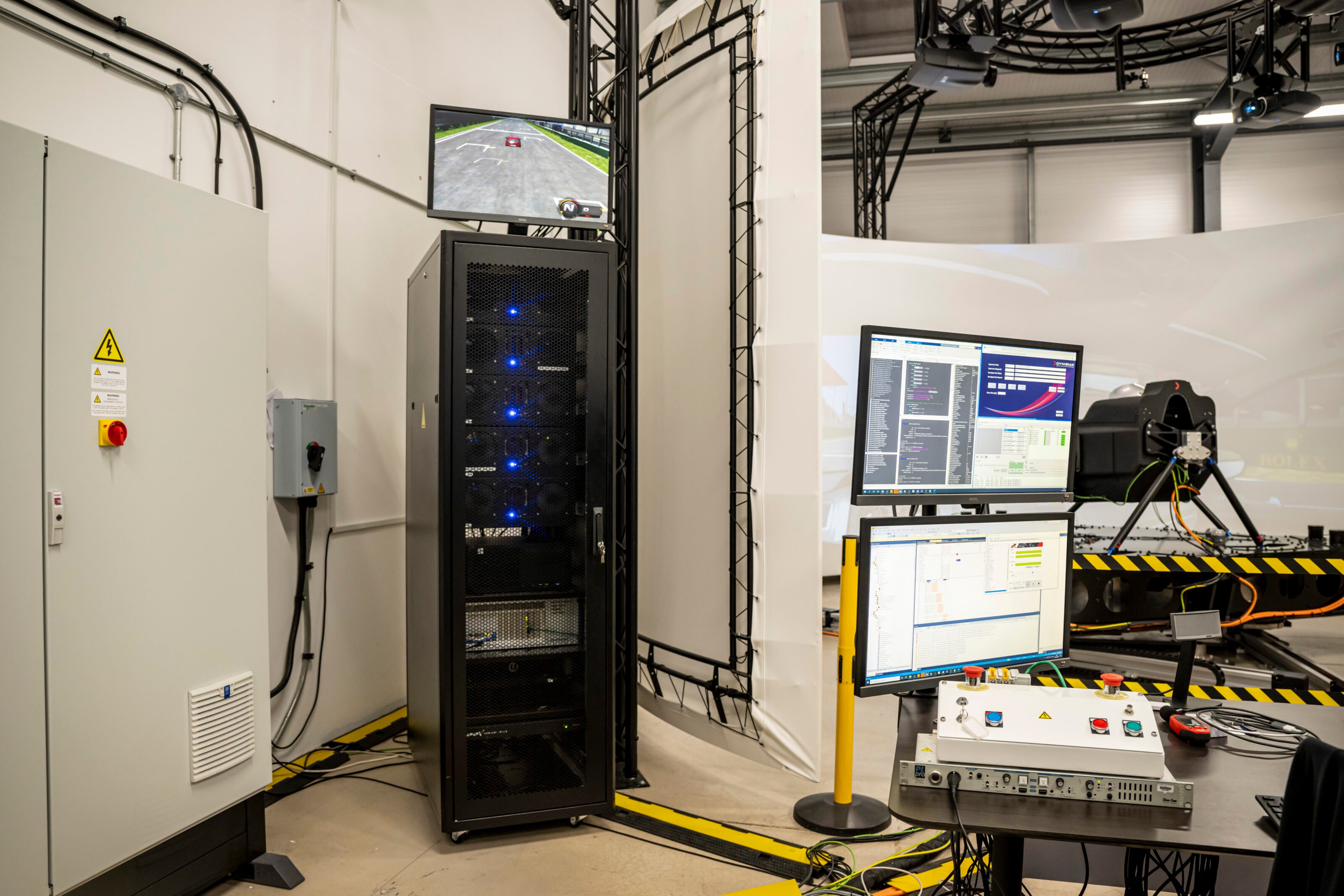
There is no road surface noise or feel between the obstacles, which makes it easy to focus on the noises and motions they induce.
It’s uncanny. I’m hearing and feeling a Mercedes, familiar muted thumps coming from the suspension accompanied by familiar gentle body motions. Afterwards, I venture that it felt like I was driving an E-Class, with 40-series Michelin tyres on those notional 18-inch rims. “Impressive,” Warne smiles, but annoyingly won’t confirm whether I’m right.
Virtual reality. It’s long been the dream of driving simulators. No-one’s there yet, and until there’s a technology that can enable simulators to replicate sustained and meaningful g-loads, no-one’s likely to get there.
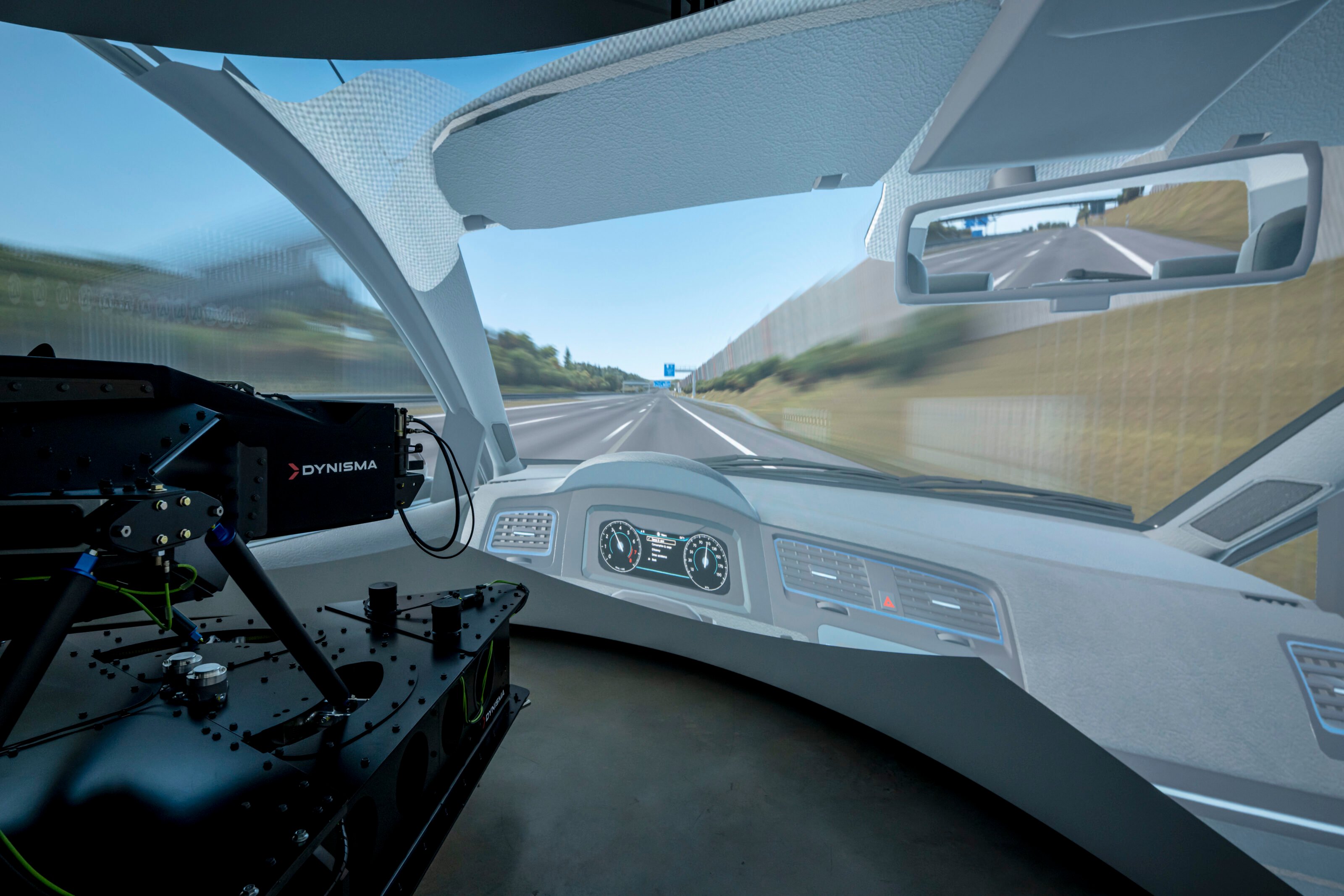
But there’s no question the Dynisma DMG-1 makes key elements of simulated vehicle motions and behaviours feel, well, virtually real. And that means big benefits for manufacturers as they can evaluate hundreds of different suspension set-ups, back-to-back, without spending time and money building physical test mules.
The road-car optimised version of the DMG-1 simulator, the Dynisma DMG 360X, has a platform with a greater range of vertical motions than the racing simulators and can also spin through 360 degrees.
Depending on spec, it costs between $3m and $8m. In the context of a typical new-vehicle development budget, that’s a rounding error.
Game on.
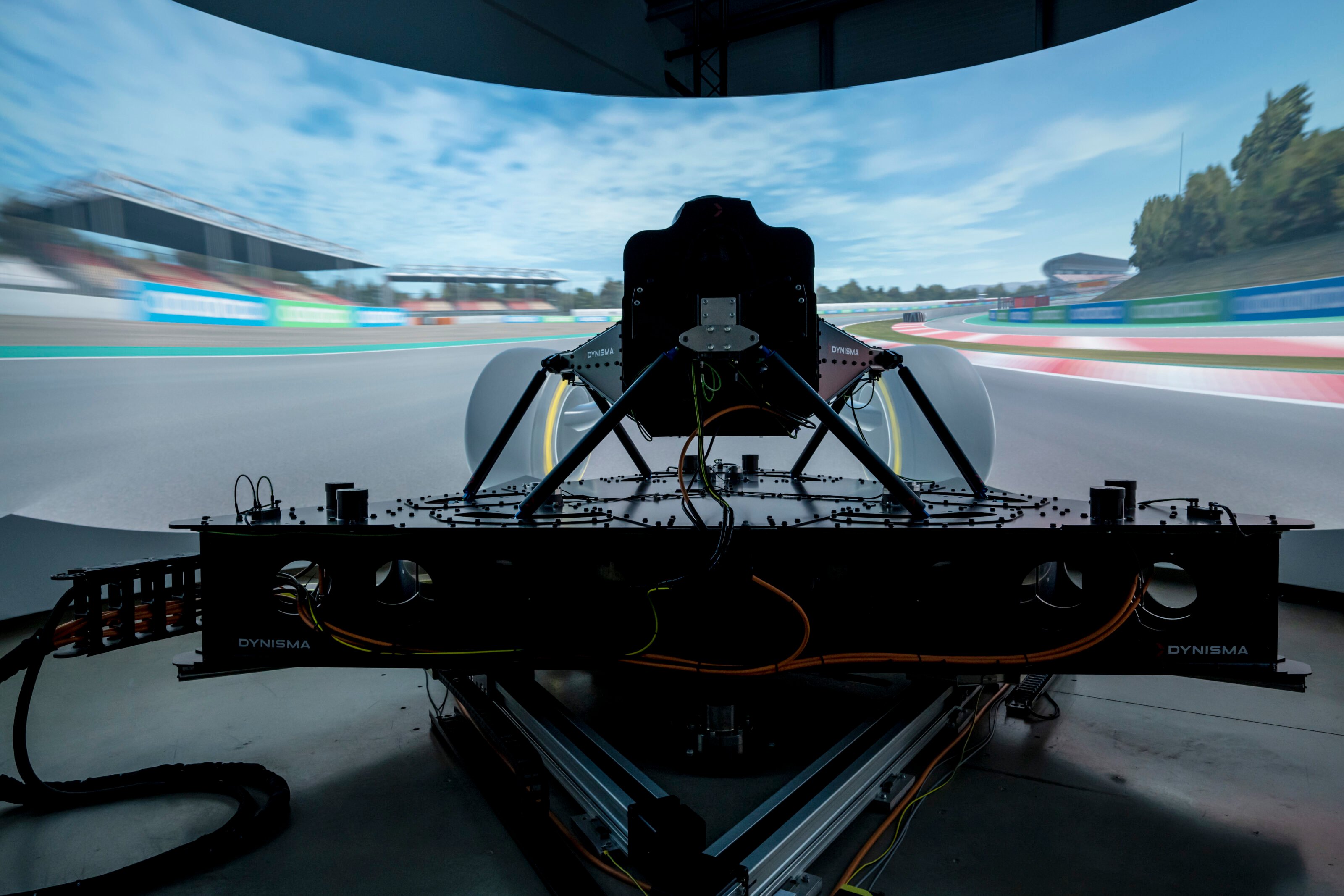
3 things you need to know
1. Bandwidth on the run
High bandwidth facilitates motion realism not possible on conventional motion platforms. With DMG technology delivering up to 100Hz, the driver is given far more information on the state of the car and track. Accurately transferring this information to the driver is how the DMG set-up delivers the most immersive driving experience.
2. Faster than you
With latency as low as 3-4 milliseconds, DMG claims instantaneous vehicle dynamics feedback. This means the driver can react faster to events such as oversteer and that visual stimuli such as kerb strikes are provided faster than even 240Hz projectors are able to update.
3. Make it your own
Any type of car or motorsport variation can be designed, built and integrated to the Dynisma simulator. This includes custom-built chassis/cockpits, replicas of existing cars, or prototypes.
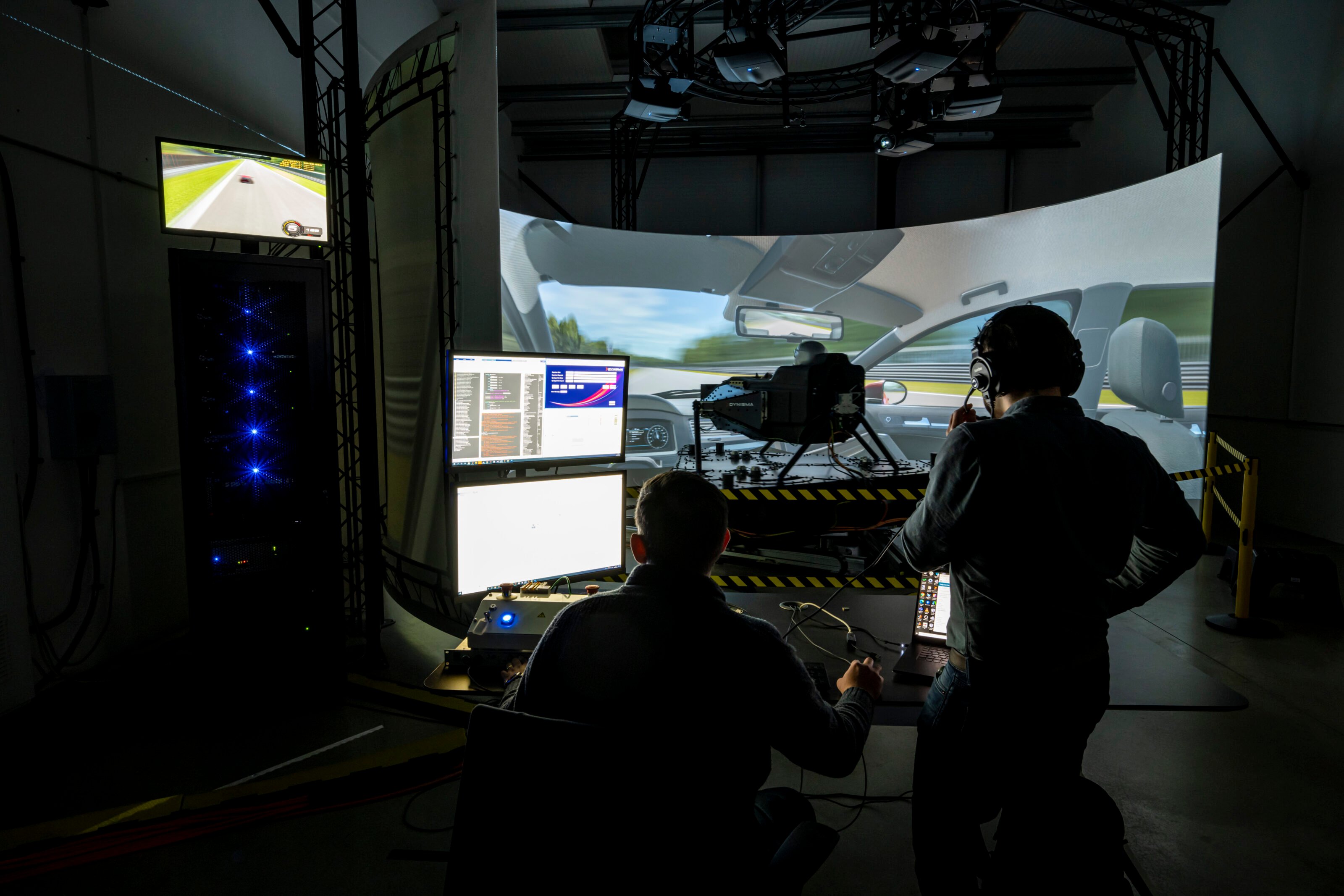
We recommend
-
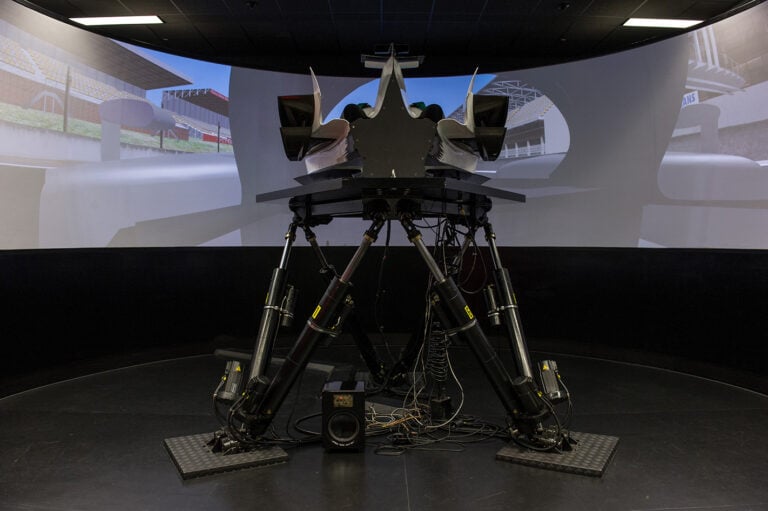 Reviews
ReviewsFirst Fang: Toyota’s F1 Simulator
Far from a glorified video game, Toyota's $10 million simulator plays a pivotal role in the race-winning speed of its latest endurance racing challenger
-
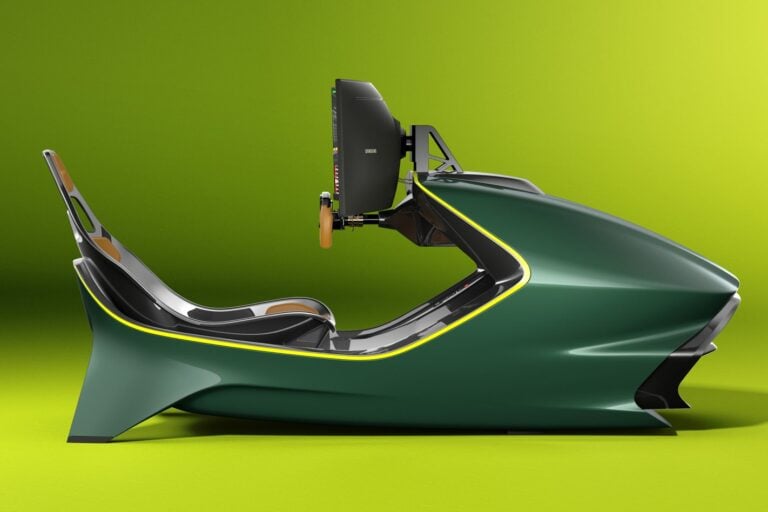 News
NewsAston Martin's racing sim costs as much as a V8 Vantage
Aston Martin reveals its first racing simulator: limited to 150 units, and costing a touch over AU$100,000
-
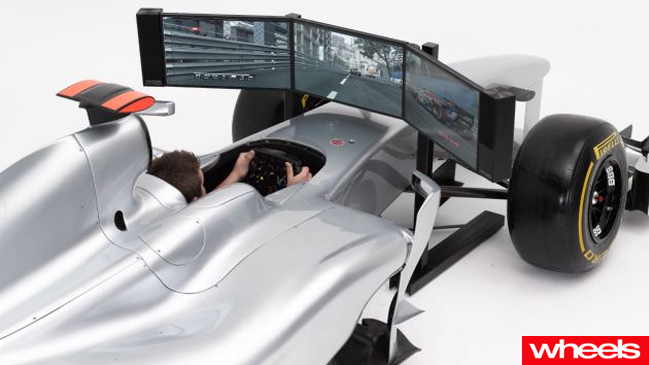 News
News$140 000 life-size F1 simulator the perfect Xmas present
Reckon you can out-qualify Vettel, overtake Button and bang wheels with Grosjean? Here's your chance to prove it and look naff at the same time.


